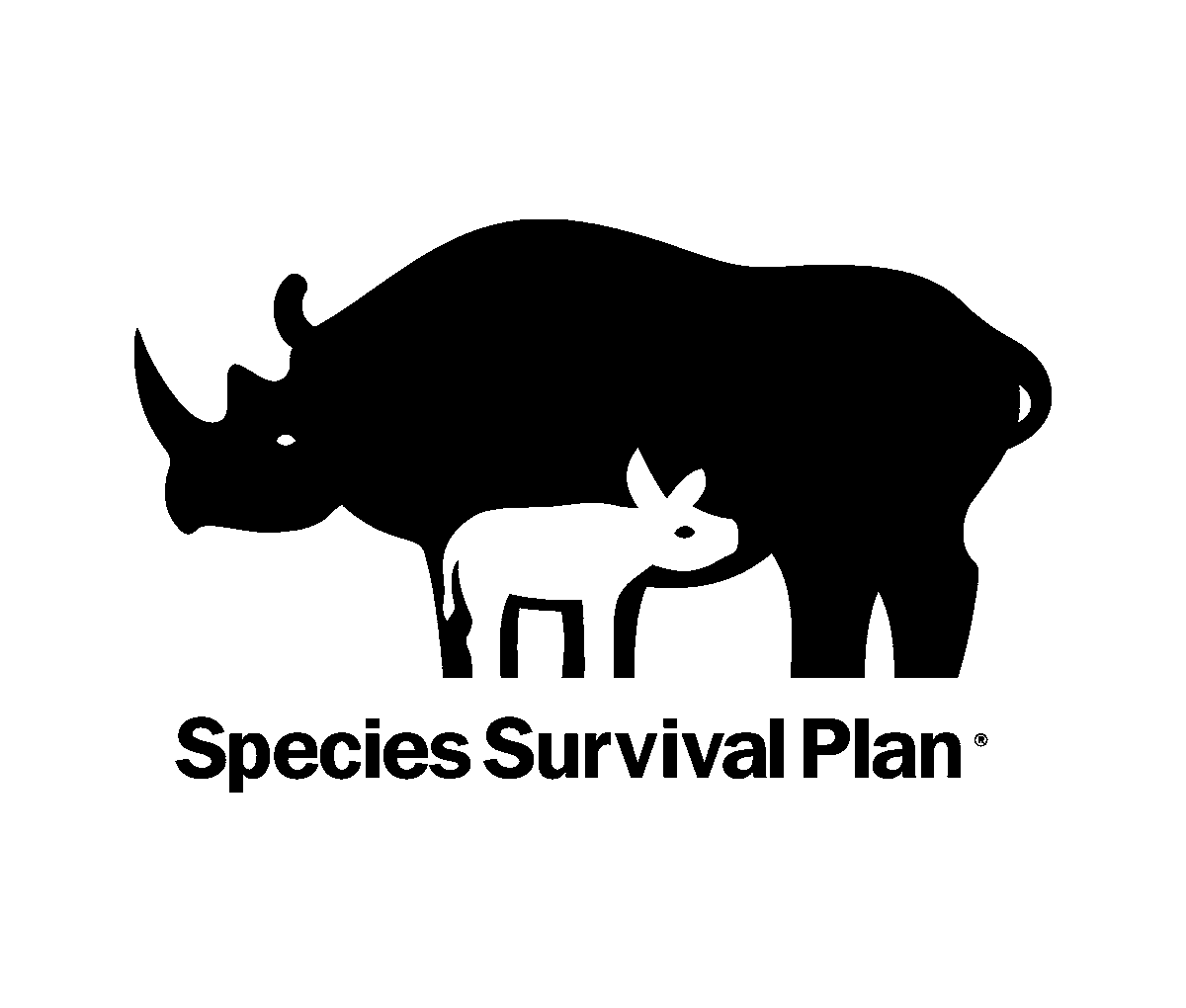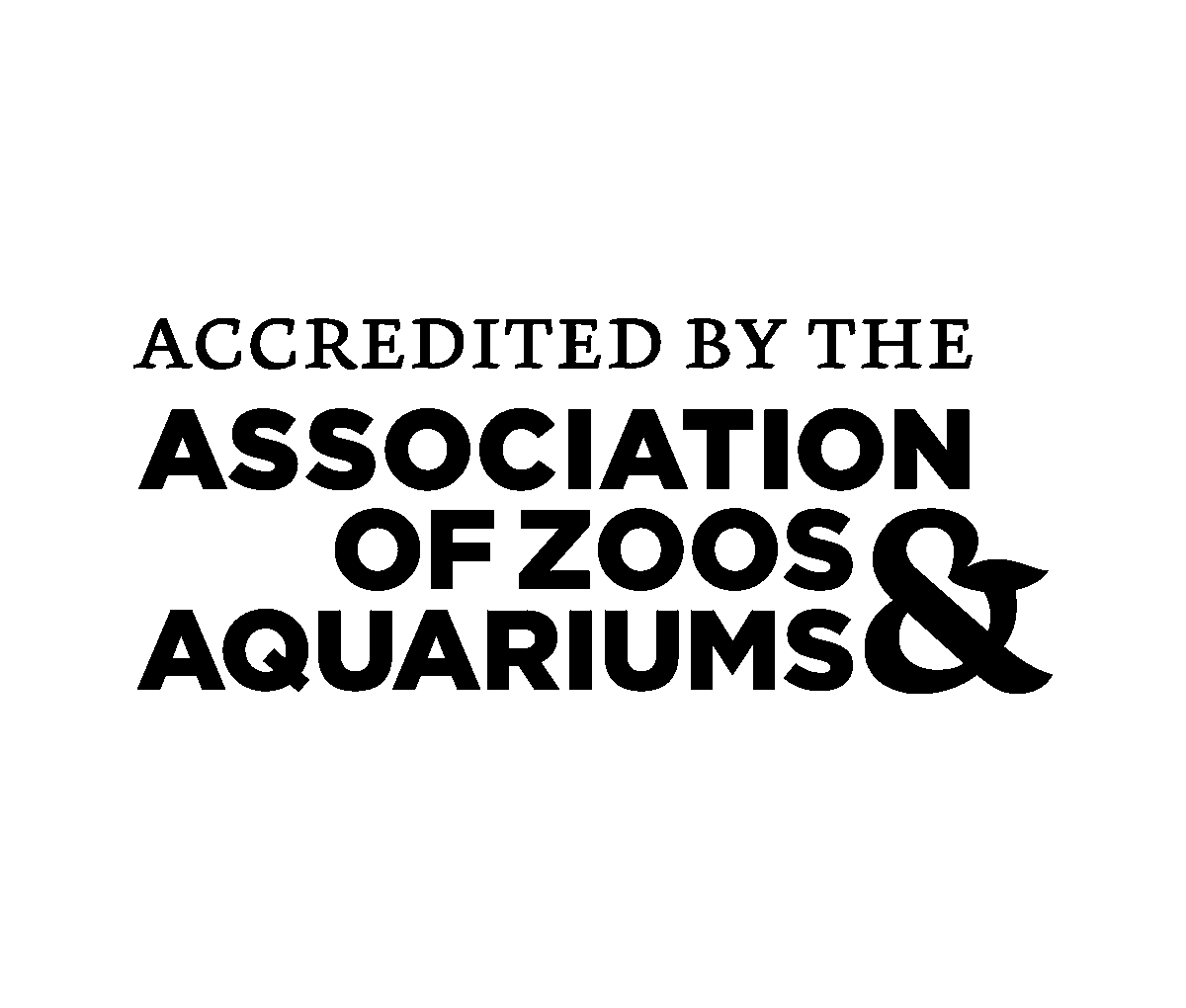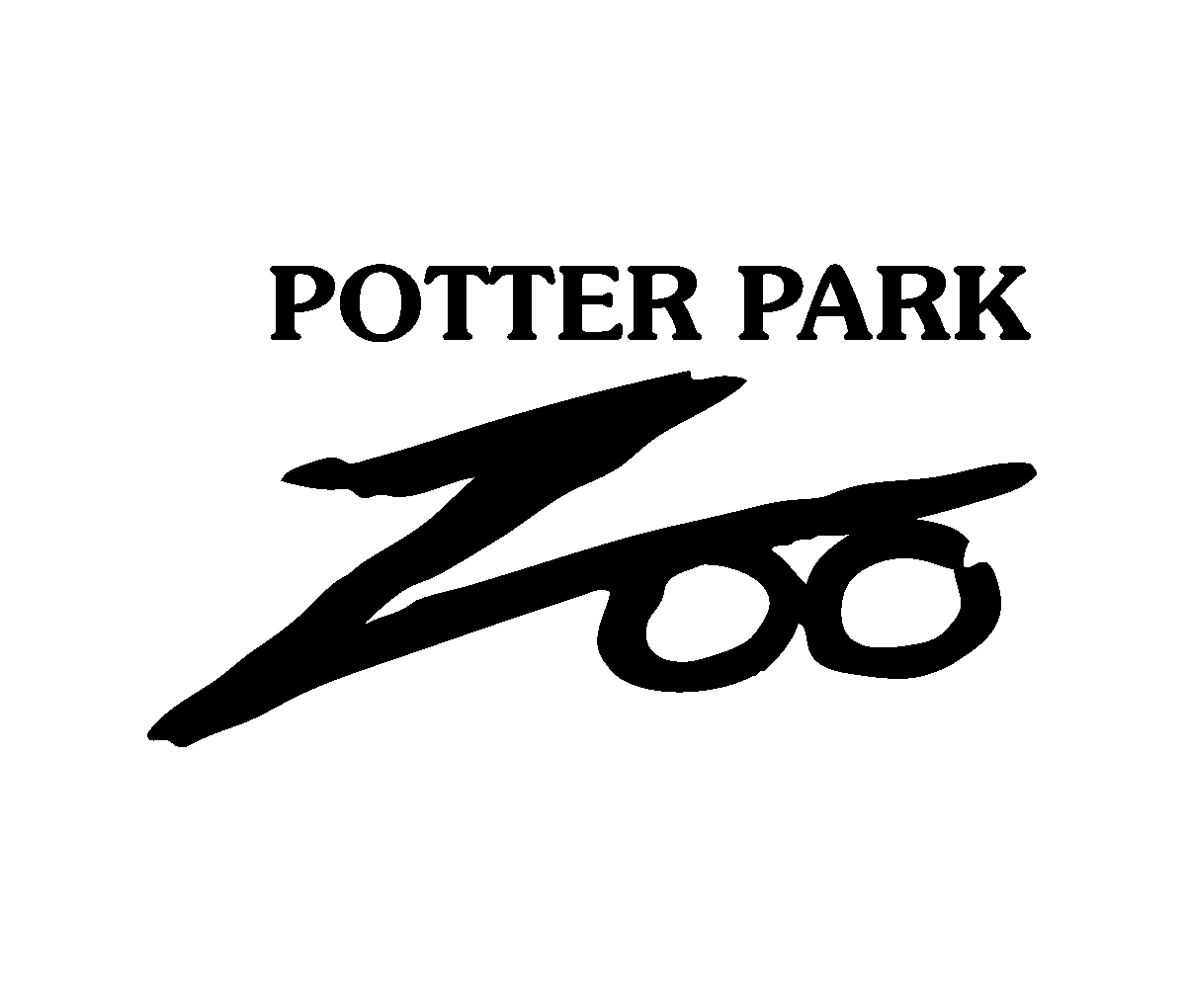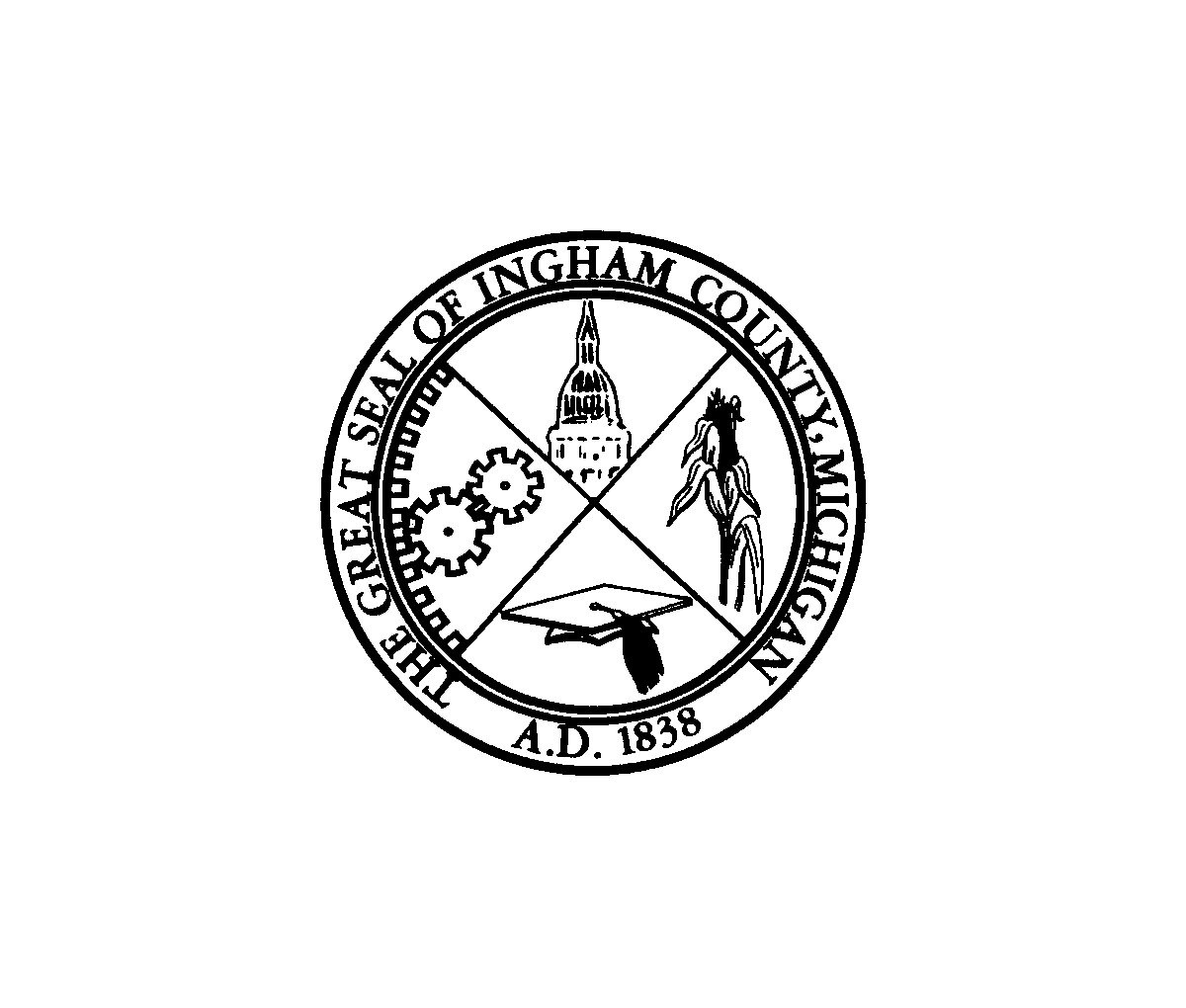Potter Park Zoo celebrated Independence Day with the birth of baby bintlets. Female binturong (Arctictis binturong) Thistle gave birth to three babies the evening of July 4. This is the first binturong birth at the zoo in over two decades. Two of three babies are thriving. However, the third bintlet was found to be sick and despite 24-hour care by veterinary and animal care staff, the bintlet passed away in the week following its birth.
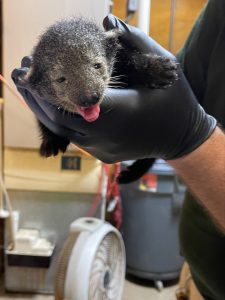 The Zoo veterinary team was able to monitor the pregnancy through ultrasounds that Thistle voluntarily participated in thanks to positive reinforcement training done by her zookeepers. Bintlets are born with eyes sealed and remain hidden in the mother’s thick fur for their first few days. At six to eight weeks, they are the size of a domestic cat, have grown a coat of coarse hair, and begin to explore and eat solid food.
The Zoo veterinary team was able to monitor the pregnancy through ultrasounds that Thistle voluntarily participated in thanks to positive reinforcement training done by her zookeepers. Bintlets are born with eyes sealed and remain hidden in the mother’s thick fur for their first few days. At six to eight weeks, they are the size of a domestic cat, have grown a coat of coarse hair, and begin to explore and eat solid food.
“Animal care staff has done a great job training the mother binturong Thistle to allow awake ultrasounds. Thistle voluntarily stands in position to let me ultrasound her abdomen and she can choose to walk away at any time. We’ve been able to collect valuable information on fetal parameter development in Binturongs and we hope to share this information to the zoo wide community in a scientific publication in the future,” said Director of Animal Health Dr. Ronan Eustace.
Binturongs, often referred to as bearcats although they are not a bear or a cat, live in the canopies of tropical rain forests in southeast Asia. Typically, in the wild, binturongs live alone or in small family groups consisting of a female and her immature offspring. The female binturong is one of only a few mammals that can experience delayed implantation, which allows the female to time the birth of her young with optimal environmental conditions.
The zoo team has been monitoring the new family through a camera in the nest box as well as weighing the babies daily. The two bintlets are continuing to gain weight at a consistent rate and are very strong. 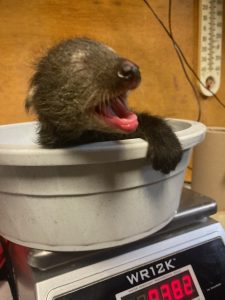
“This successful binturong breeding is incredible for the species. I’m excited for Potter Park Zoo, our community, and the species as a whole,” said Animal Care Supervisor Pat Fountain. “The zookeepers worked hard to make this possible.”
Barry, the father was born in 2017 at the Brookfield Zoo and mother Thistle was born in 2019 at the Roger Williams Zoo. The pair was recommended to breed at Potter Park Zoo by the binturong Species Survival Plan (SSP). In the wild, binturongs are listed as vulnerable in some parts of their habitat and endangered in others. They are currently at risk due to habitat destruction, poaching for traditional Asian medicines, and the fur and pet trade. The efforts of Potter Park Zoo and the SSP will help maximize genetic diversity and long-term sustainability of binturong in zoos accredited by the Association of Zoos and Aquariums while educating visitors on this unique species.
Because rearing is done by mom alone, zoo visitors can still see Barry in his habitat, but will have to wait a few months before Thistle and the bintlets are out and about. Follow the zoo’s social media and blog for regular updates on the new binturong family.
